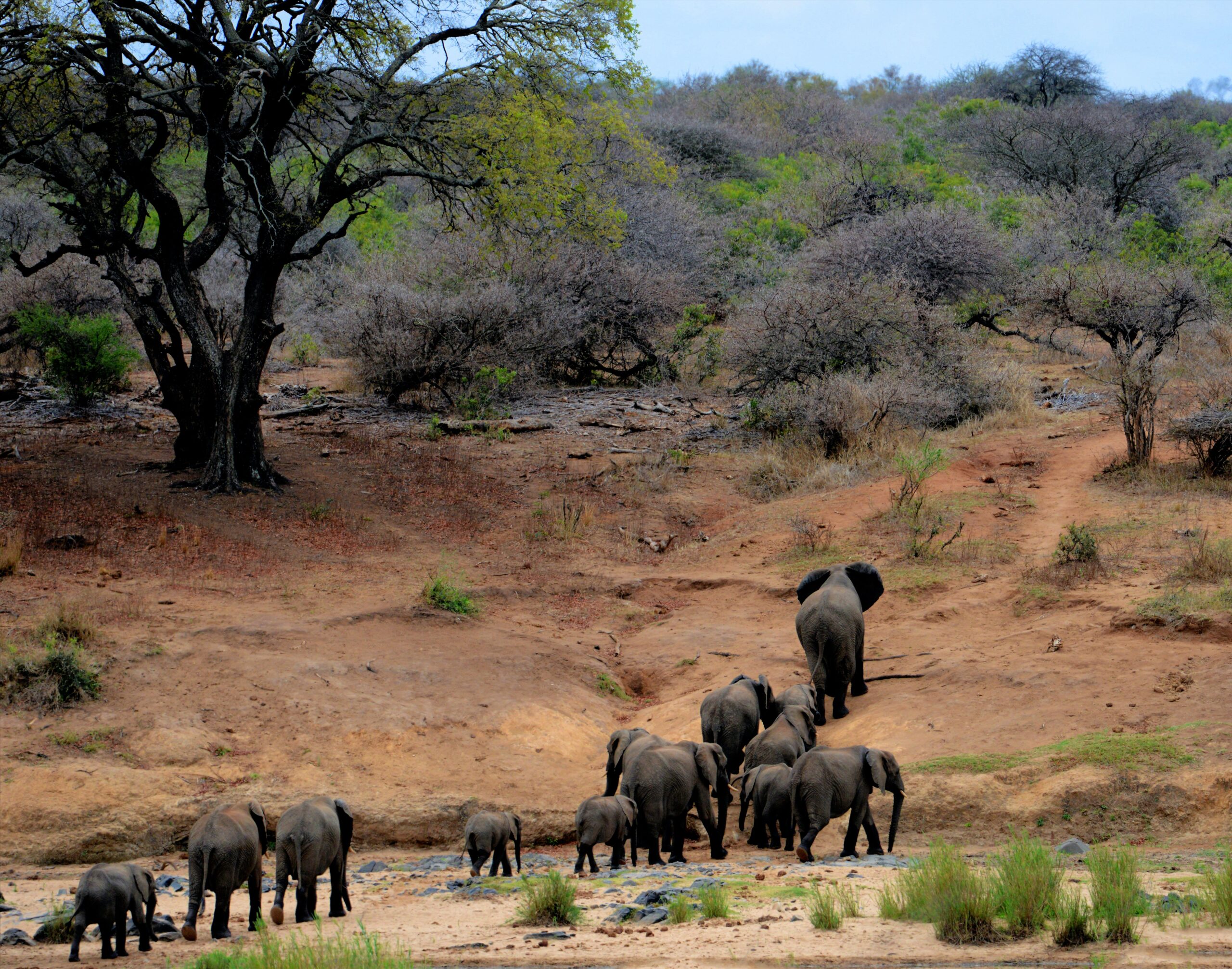Sundarbans National Park is well renowned for its beautiful tangle of mangrove trees, which encompasses the world’s biggest mangrove forest and is a UNESCO World Heritage Site. The park is 10,000 square kilometres (3,861 square miles) in size and is located at the confluence of the Ganges and Brahmaputra Rivers, which divide India and Bangladesh and border the Bay of Bengal. Approximately 35% of the park is located in India, with the remaining in Bangladesh. Sundarbans contains 102 islands on the Indian side, with just over half of them inhabited. In the native Bengali dialect, “sundarban” means “beautiful forest.” A unique breed of Royal Bengal Tigers known to be strong swimmers calls this marshy woodland home. Because it’s the only spot in the world where tigers still pursue humans for food, long stretches of nylon net fencing have been built on forest edges to keep the tigers out of the communities. However, don’t expect to see one because the park’s native tigers are normally hidden within the tiger reserve, a core zone where commercial and tourist activity are restricted. Visitors visiting the Sajnekhali Wildlife Sanctuary on the outskirts can expect to see a variety of reptiles, monkeys, wild boar, unusual birds, and deer.
The true pleasure of visiting Sundarbans National Park is in appreciating its unspoiled natural beauty. Unfortunately, some visitors are let down by their visit, mainly because they had high expectations of seeing tigers. The fact that you can’t explore the national park on foot or by car makes wildlife spotting difficult. Inside the national park, there are no jeep safaris and boats are not permitted to land anywhere along the riverbanks. Instead, spend your time wandering around beautiful towns, learning about the local culture, and participating in cultural acts. In the Sundarbans region, you can even sample honey harvested by local villagers. Tourists can also visit the game watchtowers, the most popular of which are Sajnekhali, Sudhanyakhali, and Dobanki due to their vicinity. Alternatively, spend the day on a wager-guided adventure cruising the rivers in search of monkeys, crocodiles, water monitor lizards, wild boar, otter, spotted deer, and birds.
Visitors may safely see animals from watchtowers positioned around the park. For independent tourists, three conveniently accessible towers provide DIY, hassle-free wildlife watching. Birdwatchers go to Sajnekhali, Sudhanyakhali has a good possibility of spotting tigers and spotted deer, and Dobanki has a 20-foot-high covered canopy that provides panoramic views of the park and its animals. Other isolated watchtowers need a full day of boat travel to reach, but the trek is rewarded with a clean nature experience away from the throng. On the Raimangal River, the Burir Dabri watchtower may be found. It’s particularly beautiful, with a canopy walk that leads to a perspective through the mangroves. At Netidhopani watchtower, you can see the remnants of a 400-year-old temple. The number of visitors is limited, and special permits are necessary. With a height of 50 feet, Bonnie Camp is the tallest watchtower in the Sundarbans. The journey from Sajnekhali to this picturesque watchtower takes around six hours, but there is a rest house where you may spend the night. Jhingekhali is a small village on the eastern edge of the Sundarbans National Park that is sometimes neglected due to its isolated location. Nonetheless, this watchtower provides the highest opportunity of spotting a tiger as well as numerous uncommon bird species.
The West Bengal government is considering methods to strengthen tourism infrastructure in the Sundarbans, according to West Bengal State Tourism Minister Indranil Sen. According to Sen, the state government is working with the private sector to build a slew of new infrastructure projects in the Sundarbans. The RT-PCR Test is not required for fully vaccinated travellers. Infrastructures including as eco-friendly hotels, entertainment, and several other measures are planned to be developed and investigated in the Sundarbans woods. West Bengal currently provides a variety of trips for visitors, ranging from the metropolis to the Sundarbans. Jungle ferries have also been developed by the government. The administration is now considering different options for infrastructure development. According to rumours, the West Bengal government plans to launch houseboat services in the Sundarbans within the next six months. A situation like this would be quite similar to one in Kashmir. The Sundarbans are the country’s largest mangrove forest attraction. It is home to Bengal Tigers and other rare animals. There are over 400 magnificent tigers present. Sundarbans must be on your itinerary if you are visiting West Bengal.









